Substitute biotope with fascinating border areas
Ditches are created by humans to allow stagnant water to drain. This protects buildings and agricultural lands from waterlogging and keeping pathways accessible. During dry periods, ditches also serve as irrigation channels. Along the edges of agricultural fields, they play an important role in reducing nitrate levels and recharging groundwater supplies.
A ditch can be a true gem. With the loss of former large wetland areas, ditches oft en serve as the last refuges, so-called substitute biotopes. When properly designed, they can support a rich variety of flora and fauna. Animals use these ditches as breeding, nesting, spawning, or hunting grounds.
The border areas of ditches are particularly fascinating. Whenever two distinct habitats with different environmental influences meet – such as a ditch bordering a meadow – the respective animal and plant species from both ecosystems intermingle, and new species settle. A unique biotic community, known as an ecotone, forms.
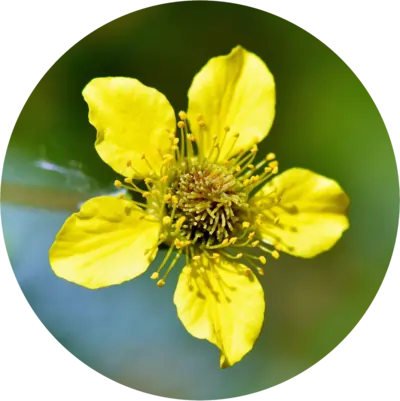
Herb bennet
Used to be cultivated as a medicinal plant in monastery gardens and is therefore also known as St. Benedict‘s herb. It serves as as food source for the caterpillars of certain moth species.
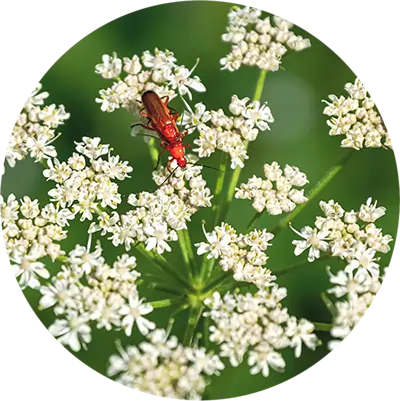
Common hogweed
Common hogweeds is of high ecological importance, as it serves as food source for many insect species and their larvae.
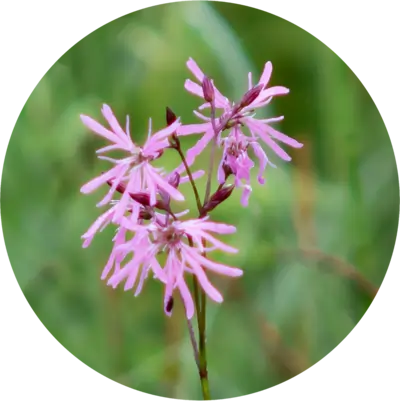
Ragged robin
The ragged robin is a representative of the newly established plants in the border zone, the ecotone. The meadow would be too dry for this plant and the ditch too wet.
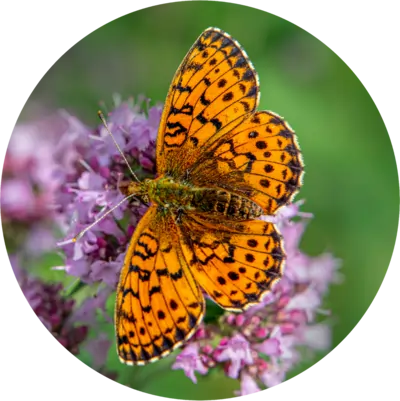
Lesser marbled fritillary
Special butterfly species such as the lesser marbled fritillary have become rare in many places due to habitat decline. Their caterpillars feed on the leaves of the meadowsweet plant.
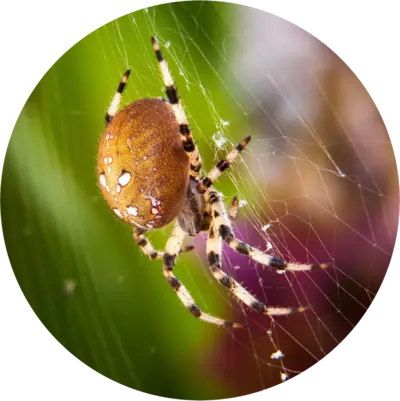
Four-spot orbweaver
Spiders, grasshoppers, beetles, amphibians, dragonflies, wasps and water striders are typical representatives of this biotope.
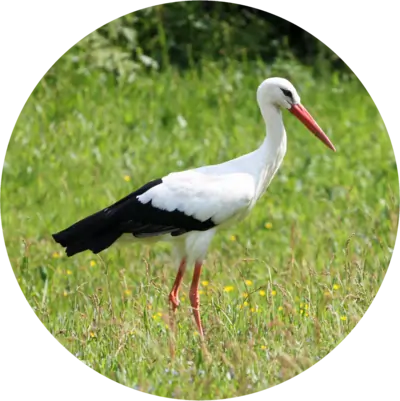
White stork
Birds such as the white stork, crane and blackbird love the ditch for foraging or use it for a bath.
Water ditches
- are preferable to draining water into the sewage system, as they are more conducive to the development of flora and fauna.
- can drain particularly heavy rainfall even better than drainage channels, as their storage capacity hardly reaches its limits.